EWR VJ 101C
| ||||||||||||||||||||||||||
In early 1960 a rudimentary test rig was built to test the feasibility of the VTOL engines, a skeletal prototype was then built and in May 1961 underwent testing on a telescopic column. Work continued on improving this prototype and in March 1962 it was able to fly freely on its own. With the success of these tests a full prototype (X-1) was built and flew for the first time on April 10th 1963 and the first transition from vertical to horizontal flight was achieved on September 20th 1963. On September 14 1964 the X-1 prototype crashed and was destroyed during take-off, it was later found that a roll rate gyro had been installed backwards causing the autopilot to malfunction. A second prototype (X-2) completed in mid 1965 and along with fixes to the autopilot it also featured newer engines fitted with afterburners, it achieved its first VTOL flight on October 22th 1965. Testing of the X-2 prototype continued for several more years and plans were made for construction a larger and more advance EWR VJ 101D design, however changes in strategic requirement meant that interest in the EWR VJ 101 diminished and in 1968 the project was cancelled. The X-2 prototype survives to this day and can be found in the Deutsches Museum in Munich.
Following the cancellation of the VJ 101 EWR continued work on several conceptual designs (The AVS project in partnership with Boeing and the EWR A 400 STOL Design Study), these slowly evolved the original VJ 101 design and culminated into the Panavia Tornado.
References
| 1930 - 1940: Pre-War |
1940 - 1942: Early-War |
1942 - 1944: Mid-War |
1944 - 1945: Late-War |
1945 - 1960: Post-War |
1930 - 1960: Total-War |
|
| Buildable | Yes | Yes | ||||
| Bonus Crate | Yes | Yes |
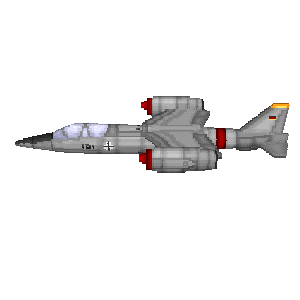
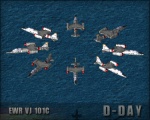
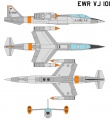
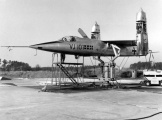

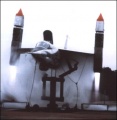
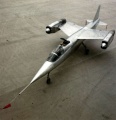

Enable comment auto-refresher